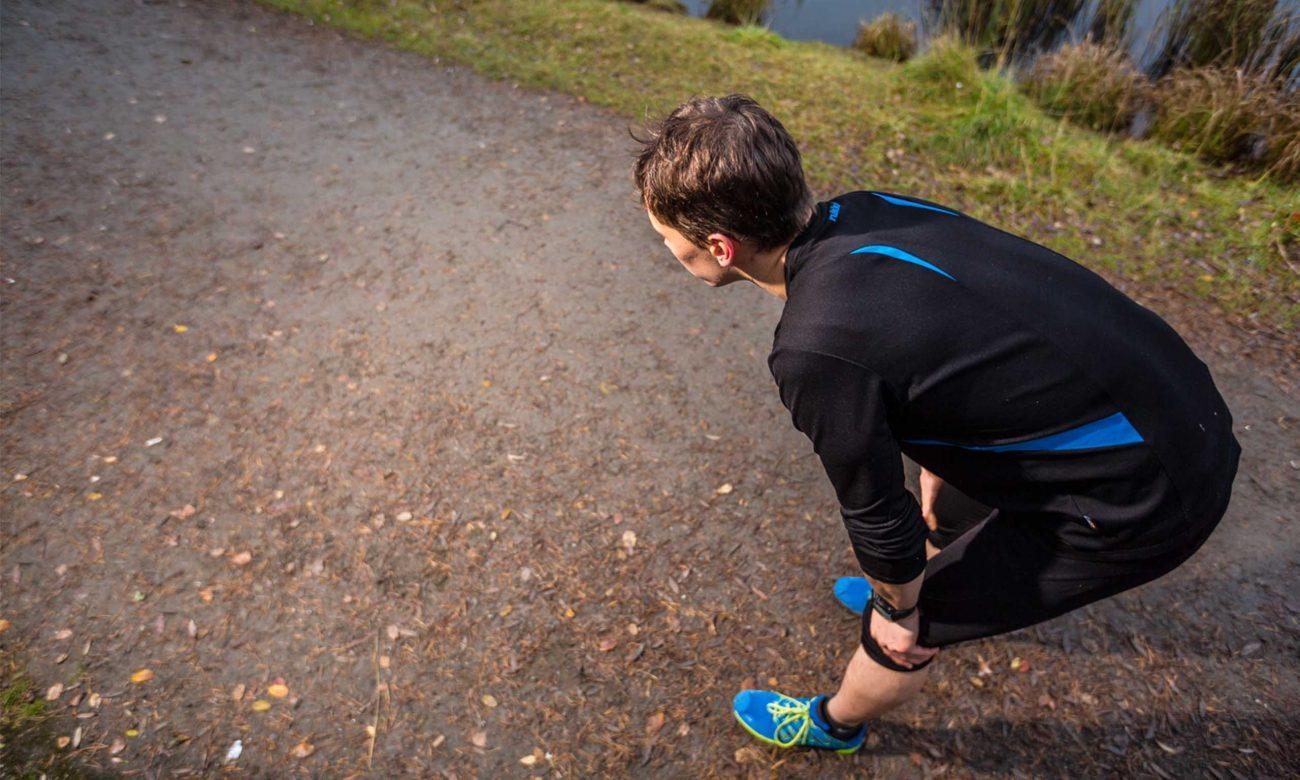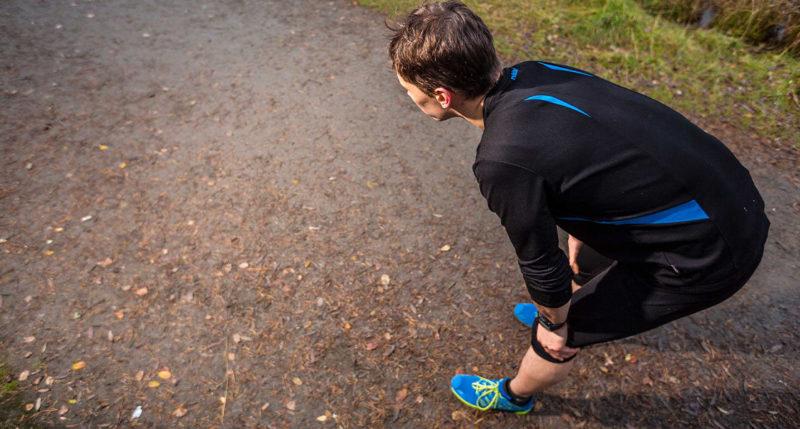
HIIT is a trendy form of training today – according to American College of Sports Medicine’s Worldwide Survey of Fitness Trends 2015, it’s the no. 2 fitness trend in the world. Wikipedia states that high-intensity interval training (HIIT) is a form of interval training, an exercise strategy alternating short periods of intense anaerobic exercise with less-intense recovery periods. HIIT is a fairly recent term, but the concept itself is not new: as a xc-ski racer and coach, I’ve been familiar with fartlek (short sprints alternating with easy jogging or skiing) already decades ago, to break up the sometimes monotonous endurance training routine.
The health and fitness benefits of HIIT are suggested to include for example more efficient fat burning, improved glucose metabolism and faster improvement of VO2max. Initially, I had a rather guarded attitude towards HIIT as an ingredient in an average person’s exercise routine, mainly because it was often branded with the idea of getting maximal benefits with minimal time, by pushing oneself to the absolute max. That line of thinking went against my general fitness & wellness philosophy … In lifestyle coaching, we tend to encourage people to find time away from their hectic lives and balance it with some physical activity that they enjoy, and if efficiency thinking (max bang for the buck) or maximal effort takes too big a role in this, exercise easily becomes another form of stress and does not serve the purpose it’s supposed to serve.
That said, as a former athlete I know how good it feels to sometimes really push yourself, and even if I no longer follow a strict training program, I like to mix things up to avoid monotony. There are a lot of recommendations on what HIIT formula provides the most benefits, but instead of getting too high-tech here, I will just discuss a few easy ways to spice up your fitness routine with some high-intensity stuff – without breaking your body or risking overtraining! Over the last several months, I’ve done some form of HIIT 1-2 times per week on most weeks. Unfortunately, I don’t have any before or after results (such as blood profile comparisons, body fat changes or VO2max results), nor have I followed a specific formula re. the duration or number of reps, but it has added a fun dimension to my exercise. Who knows – maybe I’ve even helped keep the few fast-twitch fibers that I was born with alive… Regardless, it feels strangely satisfying to be sprinting up a steep hill (and huffing & puffing on top of it), even if you are not a serious athlete, nor about to break any speed records.
These tips are meant for “normal” (as opposed to serious athletes), basically healthy people looking to stay fit and have some fun. If it hurts or makes you feel bad – ease up or don’t do it.
- When you only have time (or energy) for a short workout, do a 5-10-minute warmup, followed by 3-6 x 30-45-second sprints at near-max intensity, with a few minutes of recovery in between –> You can be in the shower in 20-25 minutes, with blood pumping and cheeks burning more so than if you just walked for the same amount of time!
- Favor steep or moderate uphills, as opposed to sprinting on flat terrain –> It stresses your cardiovascular system more, but is easier on your muscles and joints because speed is not the key. Steep stair running works great too. Or try bounding up the hill instead of sprinting!
- I tend to do my HIIT in the woods on jogging trails (or on xc-skis in the winter!), but a spinning bike in a gym works great and is even easier on the musculature: 5-min warm-up, 5 x 30 secs spinning your heart out (w/ some added resistance), with a couple of minutes easy cycling in between and a short cooldown. A 20-minute routine like this now and then will surely wake you up more than a typical monotonous grind.
The example below (Firstbeat Training Effect report, which can be included in a Lifestyle Assessment) shows one of my HIIT workouts, with just 3 45-second sprints. Not quite max effort (it’s not so easy to get there!), but well into my VO2max training zone (red stripes). The overall load of the workout was not heavy (Training Effect 2.4), and I was done in just over 20 minutes, but it was a perfect energizer at the end of a long workday.
Of course regular aerobic exercise (basic endurance training) is still the backbone of most fitness routines – HIIT is just an added flavoring. For those serious about improving their VO2max or performance in a specific event, it’s best to follow a very structured HIIT protocol and carefully plan how to fit it into the overall training program, but if you are just looking to keep your exercise interesting or introduce a new stimulus to stay motivated, consider trying some HIIT and finding the way that is most fun for you.
If you liked this article, you should subscribe to our newsletter.
You might also be interested in

Beyond Heart Rate: Heart Rate Variability
Heart rate variability (HRV) is the physiological phenomenon of variation in the time interval between consecutive heartbeats. The level of HRV varies a lot between individuals, but in general terms, high HRV is viewed as a marker of good fitness and health.

Applying Supercompensation in Life: How to Turn Stress into Resources?
Is it dangerous when your resources are decreasing? Resources decrease, if recovery is not sufficient in relation to stress.

Smarter Endurance Training with Heart Rate Variability Guidance
The ability to predict how a particular individual will react to a training protocol in advance is a critical step in getting training prescriptions right.




